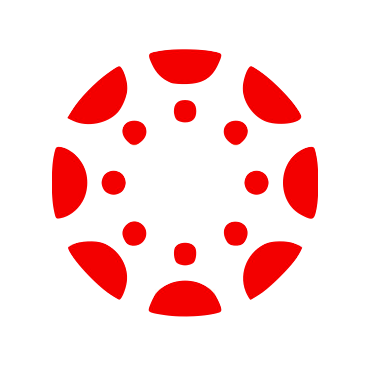Guide 4 Homeostasis
Products
Quiz and Journal Pages
Review Guide 4 Contents
Guide 4 Homeostasis Objectives
This guide’s quiz has four questions; one matching each objective.
Urinary System
Urinary Disorders
Endocrine System
Stress & Metabolism
Guide 4 Homeostasis Quiz
Journal Assignment #7
Introduced in the Endocrine System section of this guide:
Journal Page #7: Homeostasis Analogy
An analogy is a comparison of two otherwise unlike things to explain or clarify a concept. Analogies are frequently used in science education to teach challenging concepts. Doctors frequently use analogies to explain medical conditions to a patient: The heart is a pump; the kidneys are like filters; vaccines are weapons in our arsenal; a treatment is on target.
For this journal page you are developing your own analogy that represents homeostasis in the human body. You can brainstorm and/or scan the web for ideas, and then develop the analogy further for this assignment.
Your analogy is intended to teach homeostasis to someone who is not familiar with the concept. You can tell a story, draw a comic strip, or make some other representation of your homeostasis analogy.

You are turning in:
- A representation of your homeostasis analogy (story, comic strip, drawing, etc.).
- An explanation of your analogy that clearly depicts how the analogy explains/clarifies the homeostasis concept.
Journal Assignment #8
Introduced in the Stress & Metabolism section of this guide:
Journal Page #8: Stress Study
For this journal page, you are designing a mini study of your own stress. This can be qualitative (finding variables) or quantitative (testing variables). You are designing this mini study and turning in your procedure.
You do not need to conduct this min-study, but if you do, exercise care and safety in all self-study procedures.

Possible examples of self-study of your own stress:
- Take an online stress survey and reflect on the results, as well as critiquing the quality of the survey.
- Try different activities and reflect on your perception of time during each activity.
- Monitor heart rate at different times of day related to different activities that may be stressful, including things like studying, Zooming a class, etc.
- Collect different people’s ideas about stress and write about how your most stressful events compare to other people’s events.
- Develop a space intended to reduce stressful triggers and monitor your response.
What you are turning in a summary of your mini-study that includes:
- your procedure, including whether it is qualitative or quantitative.
- why you chose this form of data collection.
Sometimes reflecting on stress can reveal concerns that were otherwise hidden. If you need assistance with stress management or simply a professional to weigh in, OSU’s CAPS program is available to all enrolled students.




